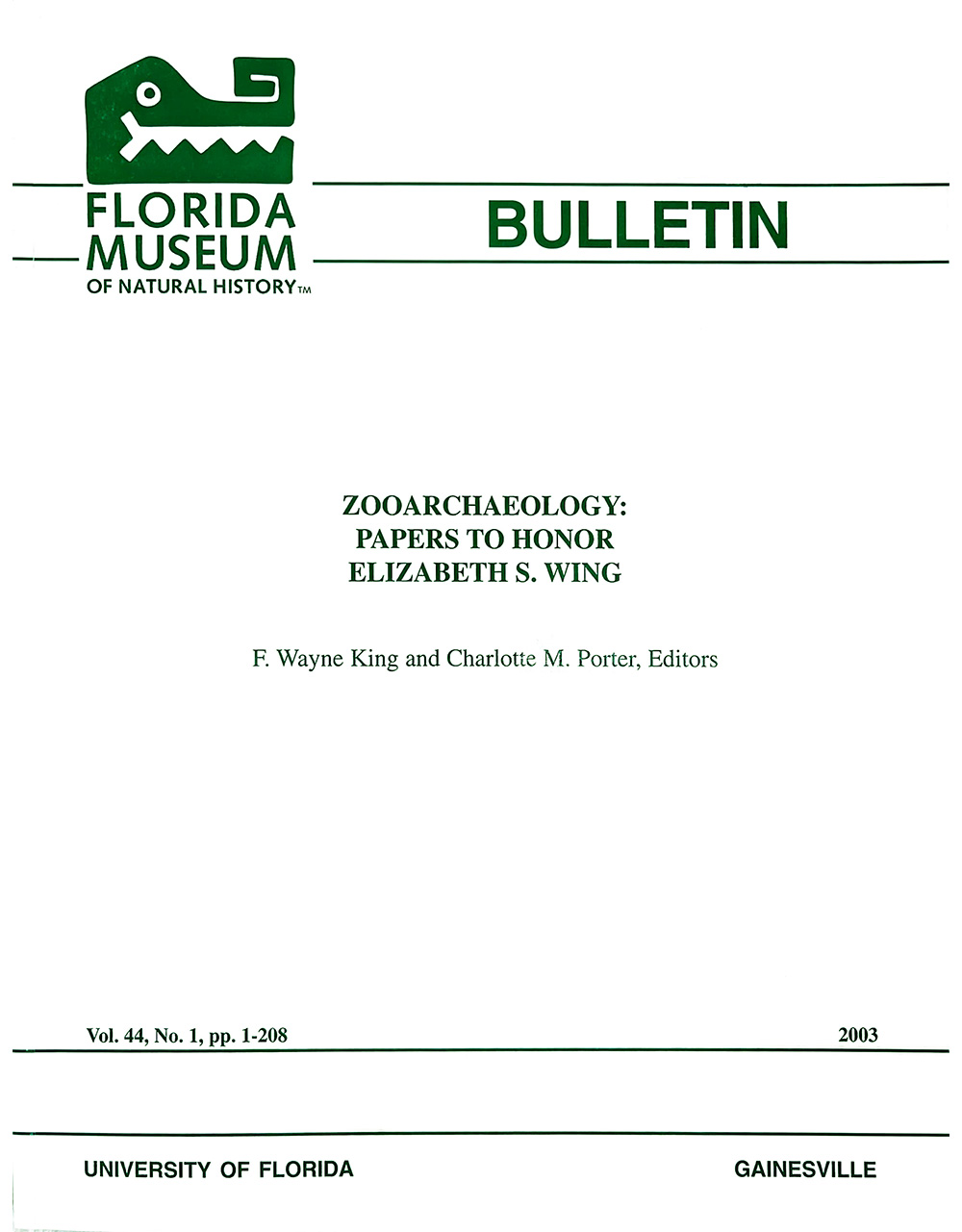Imagining Sixteenth- and Seventeenth-Century Native American and Hispanic Transformations of the Georgia Bight Landscapes
DOI:
https://doi.org/10.58782/flmnh.znvb4484Keywords:
archaeobotany, Georgia Bight, landscape archaeology, Native American settlement, Spanish settlementAbstract
Various subfields of archaeology, including archaeobotany, zooarchaeology, archaepedology, and bioarchaeology, are interrelated in this essay to provide a provisional look at the interactions between humans, both Native American and European, and the environment that impacted the landscape and land use reconstruction. Focusing on the archaeobotany of both precontact sites and sixteenth- and seventeenth-century mission-period sites along coastal La Florida, Native American and Spanish use of and impact on the plants and land of the Georgia Bight reveal many transformations. Areas of the landscape were altered in part by Hispanic introductions, including architecture and agrarian practices that invoked not only a difference in degree, but, in some cases, in kind that persist to the present. These changes, however, had far less impact than subsequent European introductions would bring to this region of the.Georgia Bight and its adjacent area.

